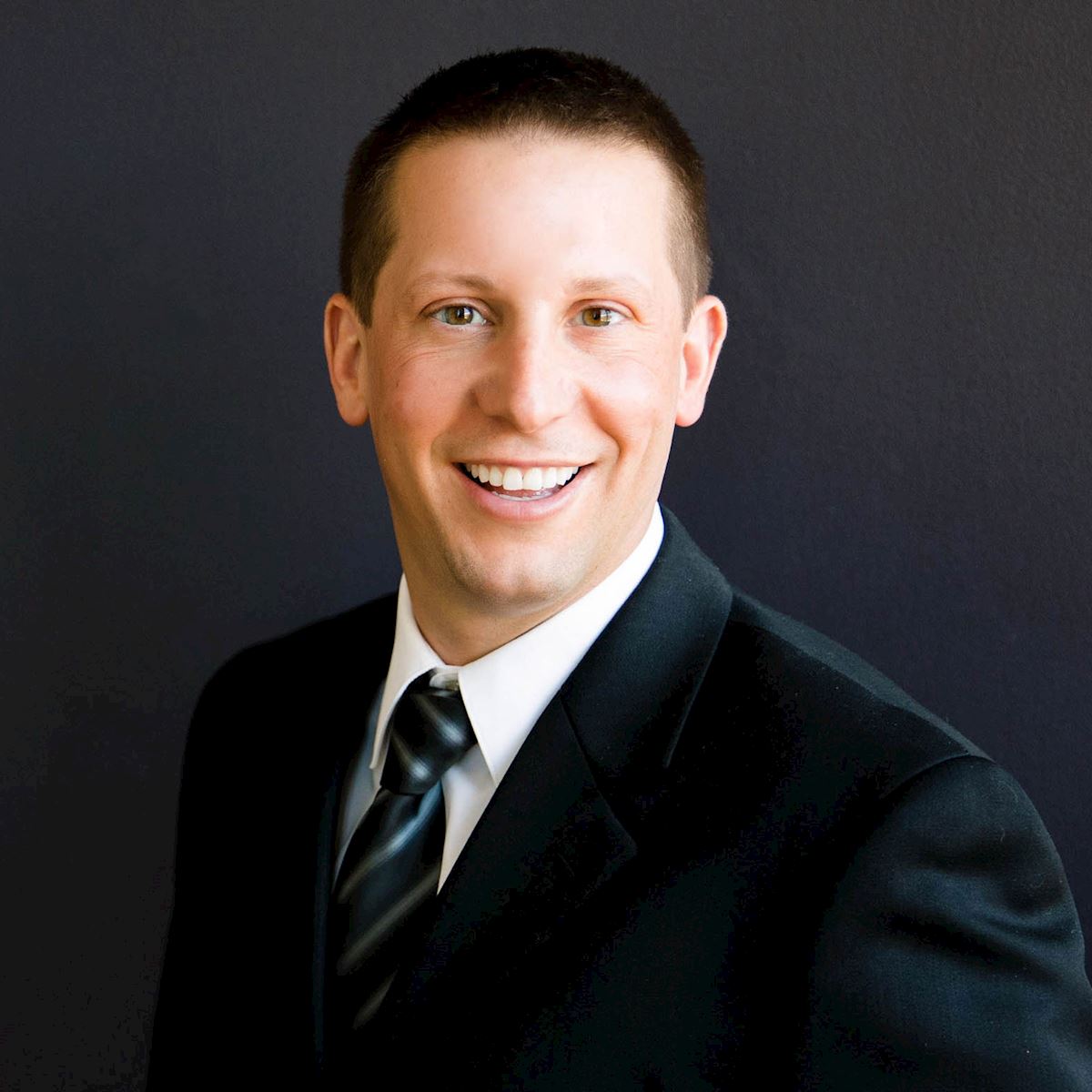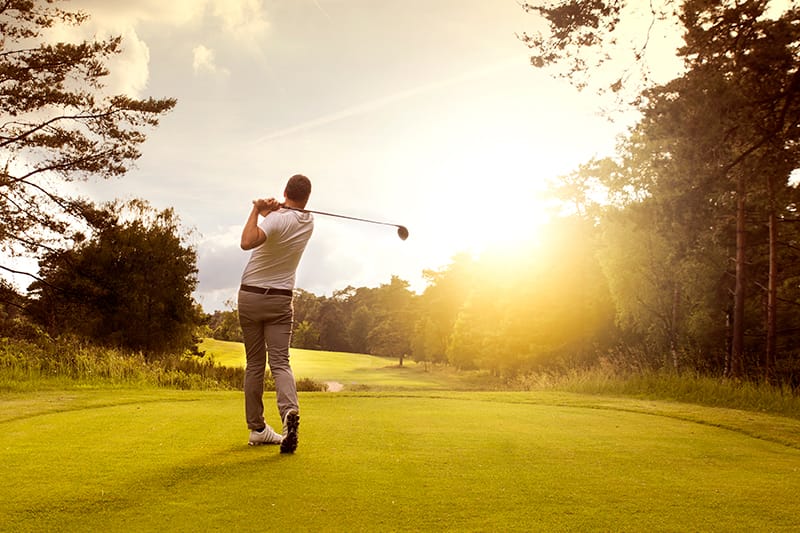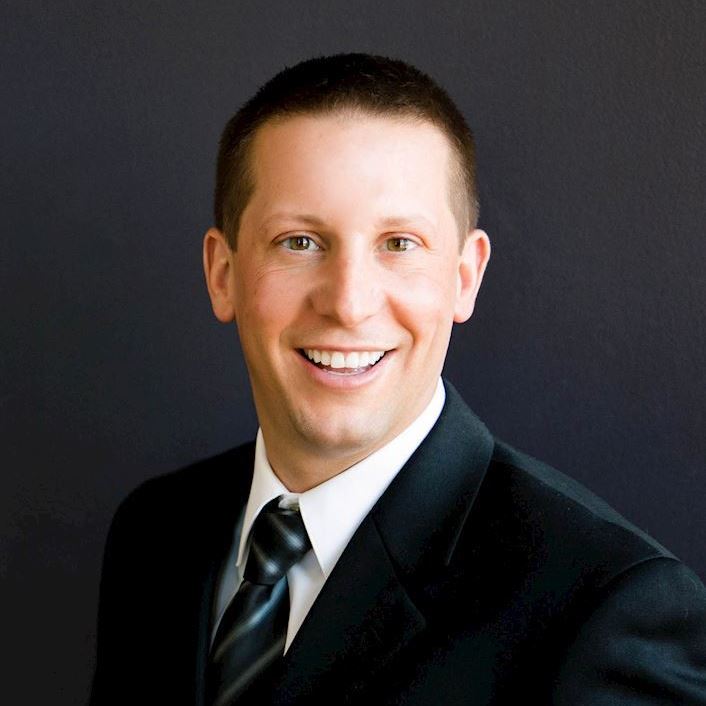Don’t let an annoying injury, small discomfort or any amount of pain stop you. Whether you’re an avid golfer like myself or a weekend warrior, pain has most likely impacted your golf game in some aspect. Studies have found that elbows and backs are the most common areas injured in amateur golfers around the world, with the most common explanation being overuse.
Physical therapy may be a solution to get you back in the game.
An important aspect for injury prevention in any sport or activity is a proper warm-up. This aspect of golf is oftentimes overlooked. Proper stretching may help play a key role in injury prevention. A physical therapist can be a resource for effective stretching techniques. In an article in the Journal in Science and Sports Medicine, over 35 percent of female golfers reported sustaining injuries during golf, and physical therapists were the most common health professionals consulted for these injuries.
Get rid of golfer’s elbow.
Commonly known as "golfer's elbow," pain inside the elbow is one of the most common elbow injuries for golfers. They may also experience pain to the outside of the elbow, which is known as tennis elbow. These elbow injuries are often caused by overuse. With continued use, these injuries can lead to tendinopathy, chronic pain and weakness in the tendon.
Common Treatments for Golfer's Elbow
Physical therapy may help heal the tendon and prevent future injuries. Common treatment options for tendon injuries include:
- Graston— A system of tools used on the skin to help start the healing process on dysfunctional tissue.
- Kinesiology taping — A treatment used to decrease your pain, inhibit muscle spasms and help your elbow muscles contract correctly.
- Dry needling — The use of small needles to stimulate targeted trigger points in your muscles to reduce pain and improve movement.
- Strengthening — Exercises to rebuild the strength in your elbow after pain has subsided.
Reduce your back pain — and improve your golf swing.
Another common injury or annoyance to golfers is low or mid-back pain. Golf requires a tremendous amount of torque in your swing. Repetitive torque often leads to debilitating low back pain. Stiffness in other parts of the body can also lead to increased stress on lower back.
Common Treatments for Back Pain From Golf
Physical therapy can help identify the area of stiffness, which is often in the thoracic back or hips. Identifying stiffness and helping to restore mobility can oftentimes help improve your golf swing. Common treatment options for back pain and injuries includes:
- Range of motion exercises
- Stretching
- Core stabilization exercises
- Strengthening
I enjoy golf both socially and competitively. My goal for all my patients, golfers or not, is for them to regain their function or strength so they can enjoy the things that mean the most to them.
Physical therapy can get you back on the golf course or just back to a pain-free lifestyle. If you’re an avid golfer, see a physical therapist to learn more about preventing golf injuries or to treat your golfer’s elbow and back pain.


